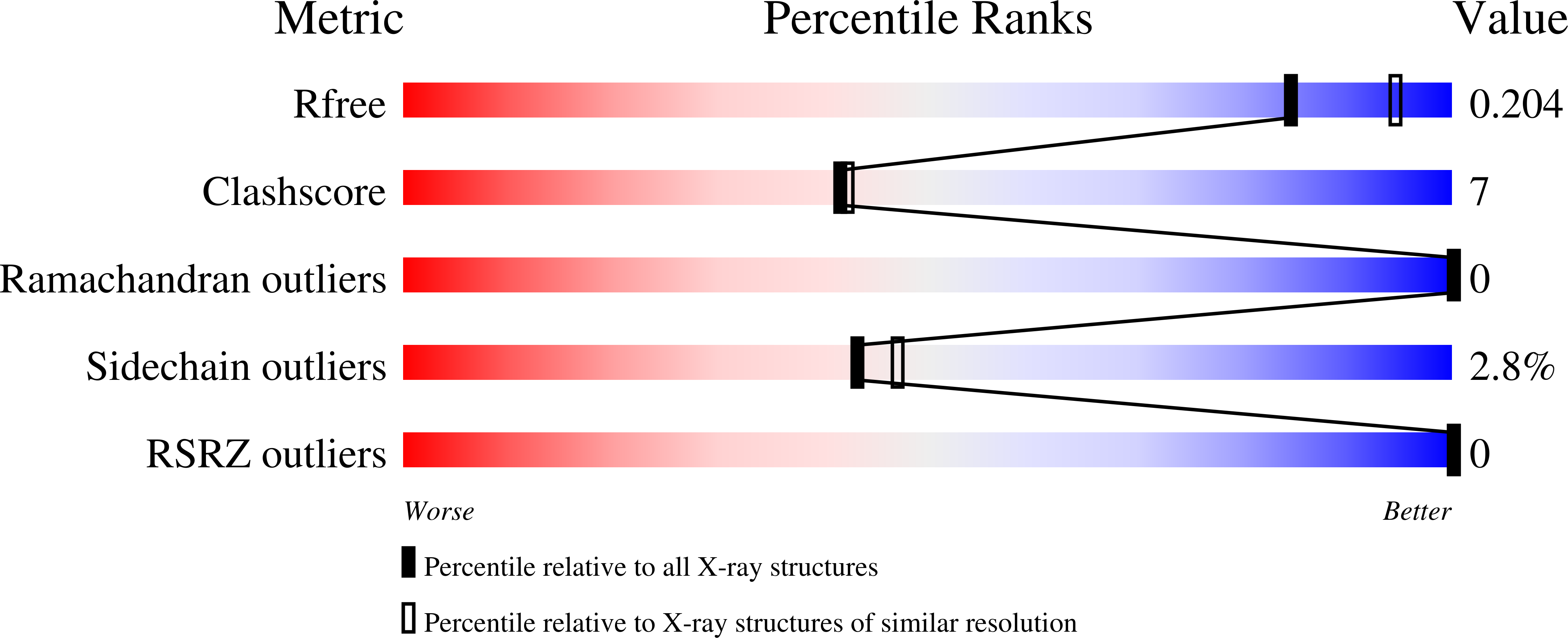Experimental and computational active site mapping as a starting point to fragment-based lead discovery.
Behnen, J., Koster, H., Neudert, G., Craan, T., Heine, A., Klebe, G.(2012) ChemMedChem 7: 248-261
- PubMed: 22213702
- DOI: https://doi.org/10.1002/cmdc.201100490
- Primary Citation of Related Structures:
3MS3, 3MSA, 3MSF, 3MSN, 3N21, 3N4A, 3N9W, 3NN7, 3NX8, 3PCZ, 3PRS, 3PVK, 3PWW - PubMed Abstract:
Small highly soluble probe molecules such as aniline, urea, N-methylurea, 2-bromoacetate, 1,2-propanediol, nitrous oxide, benzamidine, and phenol were soaked into crystals of various proteins to map their binding pockets and to detect hot spots of binding with respect to hydrophobic and hydrophilic properties. The selected probe molecules were first tested at the zinc protease thermolysin. They were then applied to a wider range of proteins such as protein kinase A, D-xylose isomerase, 4-diphosphocytidyl-2C-methyl-D-erythritol synthase, endothiapepsin, and secreted aspartic protease 2. The crystal structures obtained clearly show that the probe molecules populate the protein binding pockets in an ordered fashion. The thus characterized, experimentally observed hot spots of binding were subjected to computational active site mapping using HotspotsX. This approach uses knowledge-based pair potentials to detect favorable binding positions for various atom types. Good agreement between the in silico hot spot predictions and the experimentally observed positions of the polar hydrogen bond forming functional groups and hydrophobic portions was obtained. Finally, we compared the observed poses of the small-molecule probes with those of much larger structurally related ligands. They coincide remarkably well with the larger ligands, considering their spatial orientation and the experienced interaction patterns. This observation confirms the fundamental hypothesis of fragment-based lead discovery: that binding poses, even of very small molecular probes, do not significantly deviate or move once a ligand is grown further into the binding site. This underscores the fact that these probes populate given hot spots and can be regarded as relevant seeds for further design.
Organizational Affiliation:
Department of Pharmaceutical Chemistry, Philipps University Marburg, Marbacher Weg 6, 35032 Marburg, Germany.


















